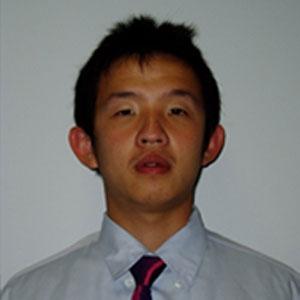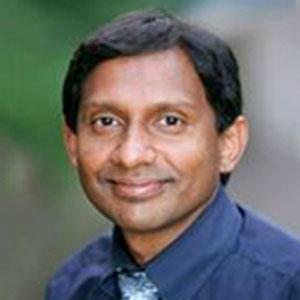Discover the latest technology to prevent mud pumping failure in railway tracks and the application of geosynthetics to reduce the fluidisation potential of soft soils
Heavy haul railway network with mud pumping spots at more than 300 locations are identified along the coastal lines in New South Wales, Australia. Mud pumping is one of the foremost problems in railway tracks, causing adverse effects on the overall performance, and it requires millions of dollars for recurrence maintenance annually. The critical excess pore water pressure developed under cyclic loading is the driving mechanism, mainly causes particle migration under poor drainage conditions. The fouled ballast with fine particles accelerates the degradation and cause a severe drop in permeability of ballast.
Although geosynthetics are currently being used as a separator in railway and highway embankments, their ability to prevent the migration of fine particles and reduce cyclic pore water pressure has to be investigated to prevent substructure failures including mud pumping. This webinar will cover the fundamental mechanism causing mud pumping failure and the laboratory investigation on the effectiveness of mud pumping filter geosynthetics in preventing subgrade fluidisation under adverse hydrodynamic conditions.
Key learnings:
A systematic and comprehensive review of mud pumping in railways
The key factors contributing to subgrade fluidisation with and without the inclusion of geosynthetics under different drainage conditions
Effectiveness of different geotextile filters including mud pumping micro filter geotextiles in controlling the migration of fine particles and excess pore pressure development under railway loading conditions
Latest technology to prevent mud pumping

Hosted By

Cholachat Rujikiatkamjorn
Professor, School of Civil and Environmental Engineering, University of Technology Sydney

Buddhima Indraratna
Distinguished Professor and Director of Transport Research Centre, School of Civil and Environmental Engineering, University of Technology Sydney

Joseph Arivalagan
PhD student, Transport Research Centre, and ARC Industry Transformation Training Centre for Advanced Rail Track Technologies (ARC-ITTC-Rail), School of Civil and Environmental Engineering, University of Technology Sydney
